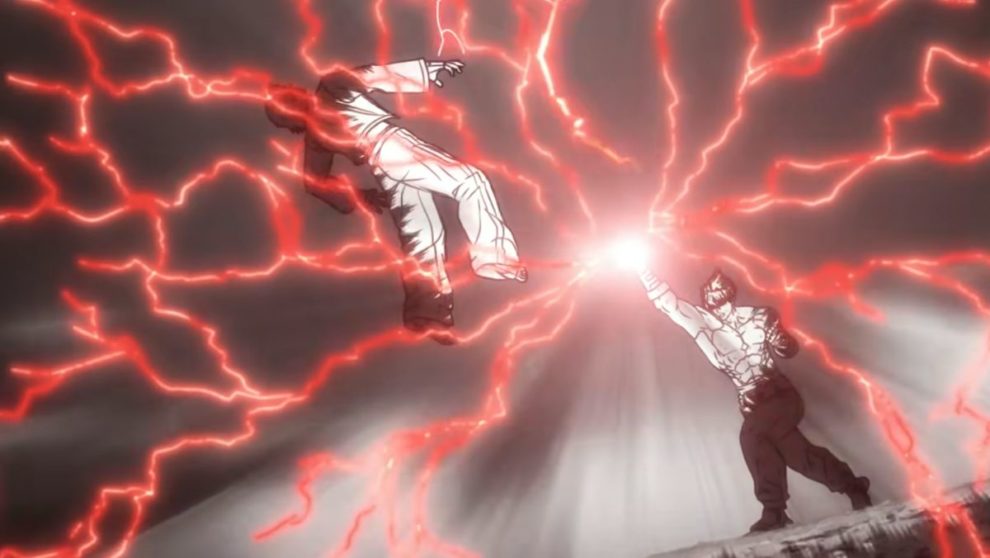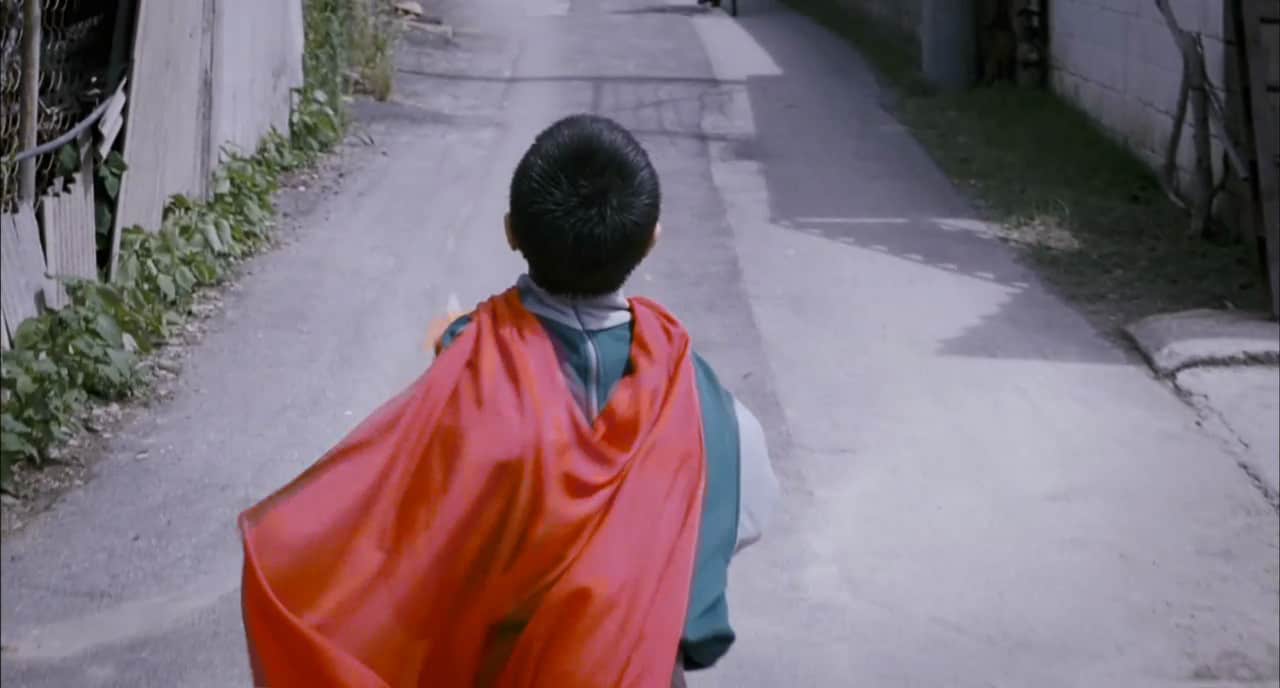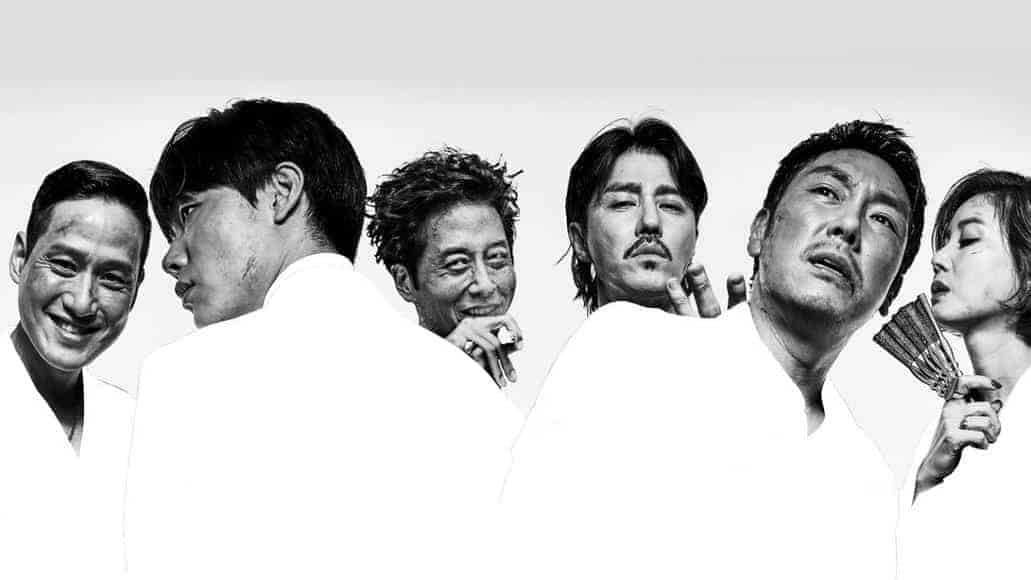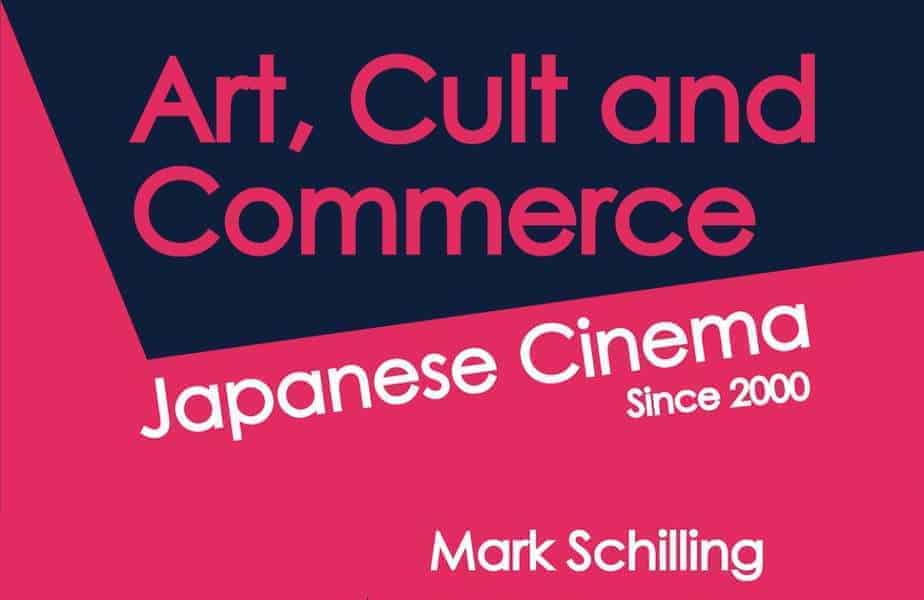The latest animated version of “Tekken” the video game has hit Netflix this month, following the story of its third edition, in six episodes that definitely leave room for sequel(s).
The first of the six episodes shows Jin Kazama learning the Kazama Style Traditional Martial Arts from his mother Jun, in their secluded cabin in the woods. Despite some incidents here and there, the two of them live a peaceful life, with their relationship being quite good. However, for reasons unknown, an ancient demon, Ogre, appears in their house, ending up killing Jun who barely manages to save her son. The next two episodes revolve around the relationship between Jin and his grandfather, Heihachi Mishima, powerful martial artist and business mogul, who eventually agrees to train him after he mentions what happened with the Ogre. Heihachi proves a rather hard teacher, but through the years, Jin becomes a truly powerful fighter himself.
The last three episodes focus on the Iron Fist tournament Heichachi holds once more. Furthermore, Jin is reunited with his friend and rival Hwoarang, and his school friend Xiaoyu, whie Paul Phoenix and Nina Williams warn him against asking too many questions about the Mishima corporation. Jin remains curious about his father's fate, and during the course of the tournament, discovers that Heihachi killed him. He learns from Leroy and Julia that they have both been personally wronged by Heihachi and that Heihachi is responsible for unleashing Ogre on the world in the first place. King eventually emerges as a rather powerful fighter, while Jin's last fights are against even stronger opponents than the ones competing in the tournament.

The most obvious aspect of Gavin Highnight's script, Yoshikazu Miyao's direction, Satoshi Yuri's character design and Larx Entertainment and Studio Hibari's animation is that the anime is a love letter to the video game “Tekken 3”, with all the creators trying as hard as possible to stay as close to the premises of the original as possible. Although this approach will definitely satisfy fans of the game, who used to be a lot but not so many now I guess, it results in a number of issues that truly bring the title down.
For starters, as it is usual the case with fighting games, there is not much backstory, in contrast to other types of video games like “Resident Evil” for example, which results in an unlayered, constantly moving forward script that essentially focuses on Jin becoming stronger and fighting more and more powerful opponents. The fate of his parents, the role of his grandfather, and the relationships he shares with some of his fellow combatants add some depth, but not enough to allow the story to be something more than a pedantic cliche.
Furthermore, as the creators try to keep the fights as short as they were actually in the video game, usually lasting for a couple of minutes, strip them also from any kind of epicness, as we have seen in other action anime of the likes of “Naruto”, “Bleach”, “My Hero Academia” and all the rest of the shonen coming out of the anime industry. Some battles are interesting, as in the case of the one between Nina and Xiaoyu, but in general, the impact of the majority of them is very small, even if the animation is impressive on occasion.
Lastly, the drawing of the characters which moves somewhere between the CGI and the hand-drawn if I am not mistaken, although portraying the characters quite closely to the game, is, nevertheless, flat, with no particular level of detail, with the creators trying to hide the fact by using intensely vivid colors and frequent zoom-ins to the fighters. Particularly the way their injuries are portrayed is rather badly drawn, with all of them looking quite similar.
With a non-existing story and mediocre production values, “Tekken: Bloodline” emerges as a title exclusively addressed to fans of the video game, as fans of action anime have a huge plethora of better titles in their hands to watch.
















